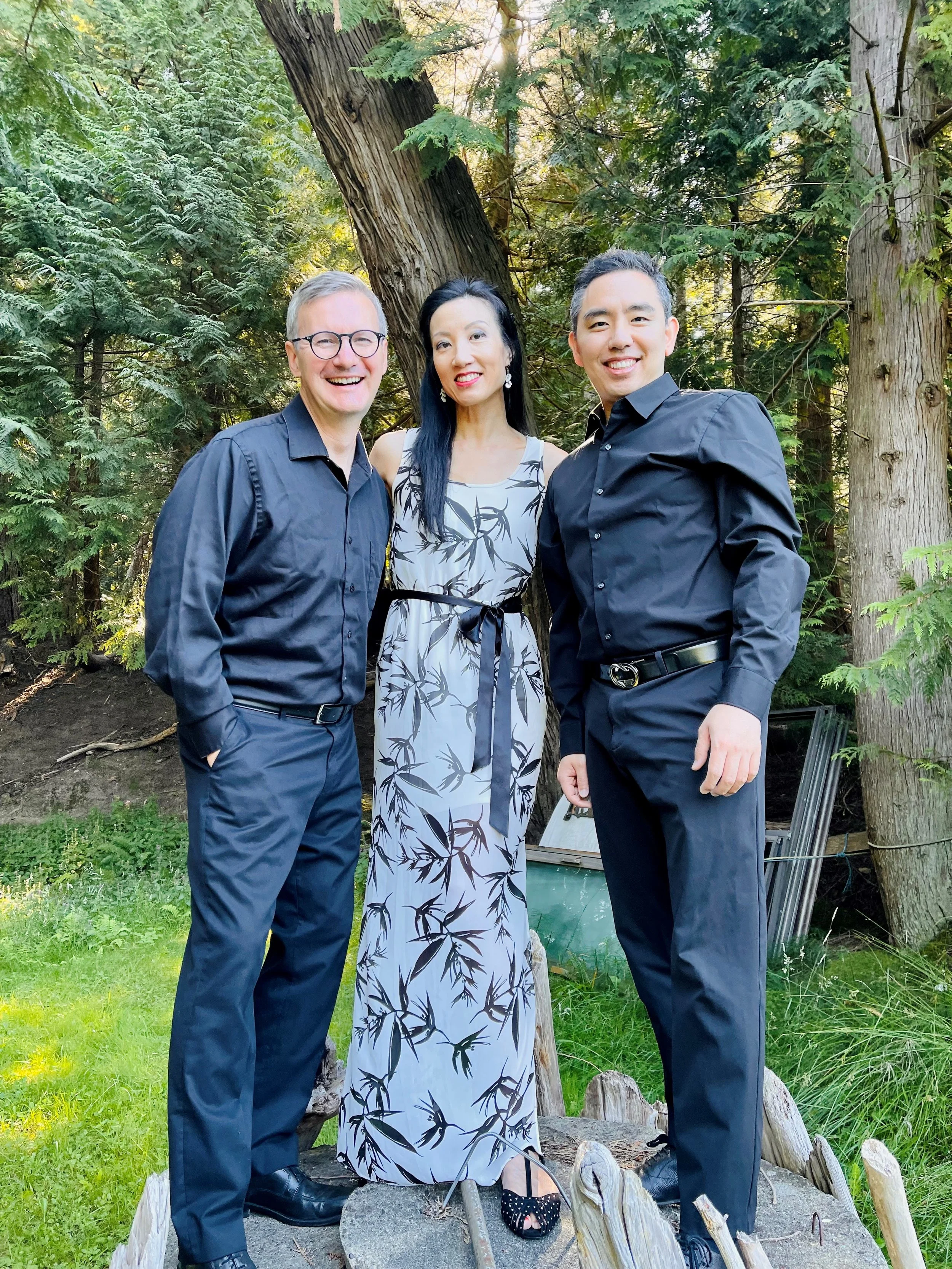Austria to Italy
| Extended Program Notes & Bios
-
Continuing the plot of the well known Barber of Seville, the marriage of Figaro recounts a single “day of madness” in the palace of Count Almaviva near Seville Spain.
Figaro, the main character, is the Count’s head of servant-staff and is getting ready for his marriage to Susanna, the Countess’s maid. The unfaithful Count is a scheming, bullying baritone and keeps finding excuses to delay the wedding of his two servants which is scheduled for later that day, in order to try and seduce Susanna. Figaro, Susanna, and the Countess conspire to embarrass the Count and expose him. Through the cleverness of Susanna and the Countess, Figaro and Susanna are finally able to marry.
The overture to The Marriage Figaro gives the audience a foretaste of the mood of the opera overall: witty, clever humor and upbeat.
Pop Culture References:
You may have heard this piece in some well known media, the most famous being the following:
Willy Wonka and the Chocolate Factory (1971)
Pride & Prejudice (BBC, 1995)
Mad Men (2007-2015)
Zombieland (2009)
The King’s Speech (2010)
-
Allegro
Largo (attacca)
Rondo alla polacca
This Triple Concerto has not enjoyed as much critical acclaim as the straight piano concertos, and there are probably a few reasons why. However, putting it in context might help us understand it, and also appreciate it a bit more. The Triple Concerto was written in 1803, the same period as Beethoven’s “Eroica” Symphony. Beethoven famously wanted to dedicate “Eroica” to Napoleon, but instead, he re-dedicated the concerto to Prince Joseph Franz Maximilian Lobkowitz for fear of losing the support of the noble patron, as Napoleon represented the democratic and anti-nobility ideals of the French Revolution. When Napoleon declared himself Emperor, Beethoven completely ripped apart his title page for the Symphony, requiring it to be created again, without the “Napoleon” subtitle or dedication. In the case of the Triple Concerto, Beethoven supposedly intended to dedicate it to the Archduke Rudolph of Austria, who had begun to study with Beethoven in that year. He was a pianist of more modest accomplishments than the other intended soloists, the violinist Carl August Seidler and the cellist Anton Kraft. Therefore, the work has much more difficult string parts, and a piano part that is designed to show some semblance of bravura without the technical demands. Again, although the Archduke never performed it publicly, Beethoven, in deference to his patron, did not allow it to be performed by anybody else until 1808, at which time the title page bore a dedication to a different patron, Joseph Franz von Lobkowitz, the same patron as that of the “Eroica” Symphony.
Some interesting tidbits: This is Beethoven’s only multiple-instrument concerto, and also the only concerto he wrote for the cello. And, although he did not write any other sinfonie concertanti, they were in vogue in Europe, and had been for a while. In fact, from 1760 to 1830, some 500 are documented in Europe. Also, the ‘’alla polacca” of the 3rd movement is only one of three times he composed a “polacca” movement in any of his works, even though the Polish folk-dance was popular among German composers from Bach to Schubert, and beyond. -
Allegro vivace
Andante con moto
Menuetto. Con moto moderato
Finale (Saltarello). Presto
Mendelssohn loved to travel, and we gain many insights into his music from the letters he wrote back to his family at home. Although this Symphony bears his own title of “Italian”, it refers less to Italian musical styles and more to the natural and serendipitous sights and sounds of Italy from his travels. Not until the last movement is there anything that seems to include Italian musical references. Mendelssohn, 21 years old in 1830, visited Venice and Florence before settling in Rome, where he started celebrating what he had experienced in the south of Italy. He insisted, “It will be the jolliest piece I’ve written so far”, seeming to chase away the more misty demons of his earlier-begun “Scottish” Symphony inspired by his visit to the British Isles a year earlier. It must be true, as the “Italian” Symphony was completed in 1833, but the “Scottish” Symphony not until much later, in 1842.
The lack of homage to Italian music can be explained by other comments in his letters: “Why should Italy still insist on being the land of Art when in reality it is the land of Nature, delighting every heart? No lack of music there; it echoes and vibrates on every side.” Berlioz happened to be in Rome at the same time, and echoed Mendelssohn’s sentiments. So, certainly, the first movement is all about the energy and nurture of Nature.
The march of the second movement is supposed to be influenced by the sight of a religious procession. Interestingly, showing the cross-pollination between Mendelssohn and Berlioz, the latter also includes a “Pilgrim’s March” in his “Harold in Italy”, composed 4 years later, and likely influenced by the same procession.
The third movement seems to say nothing at all about Italy, instead somewhat generally accessing the magical world of his “Midsummer Night’s Dream”, particularly with the gentle horn calls. Maybe it is a settling into the classical European minuet form as a bit of withdrawal from the distraction of the Italian tour. Alternatively, perhaps it is a tribute to the stately Italian architecture of the big cities.
Finally, in the last movement, as though transitioning from “Midsummer” back to Italy, there is the influence of Italian music. Nevertheless, even that reference comes from the countryside, and not the gentry. By this time, summer of 1831, Mendelssohn had gotten to Naples, and observed this energetic, exhausting jumping dance, a “saltarello”, which derives from the Neapolitan “tarantella”. Even though it has Mendelssohn’s indelible Germanic stamp on it, the folk dance manages to sparkle and finally identify this great work as Italian. As in the Beethoven Triple Concerto, this Symphony’s last movement comes down to the dance of the people.
Pop Culture References:
Movements 1, 3, and 4 of this symphony can be heard in the soundtrack to the 2006 film ‘Barbie and the 12 Dancing Princesses’
Aurora Piano Trio
-
Piano
Canadian pianist Libby Yu is recognized as an accomplished performer, collaborator, teacher and adjudicator.
She began her early studies with Phyllis Taylor and Edward Parker and then studied extensively with Lee Kum-Sing at both the Vancouver Academy of Music and at the University of British Columbia, where she earned her Doctorate of Musical Arts in Piano Performance.
Libby captured the First Prize of the 27th CBC Radio National Competition for Young Performers and Second Place in the Eckhardt-Gramatte Competition for Canadian Music. She came to international recognition when she was awarded a Diploma of Honour at the 13th International Frederic Chopin Competition held in Warsaw, Poland.
A favourite with audiences, Libby has graced international stages including the Amsterdam Concertgebouw, Carnegie Recital Hall in New York, Le Chatre in Nohant, and the Ambassador Auditorium in Pasadena. She has appeared as soloist with major symphony orchestras such as the Netherlands Philharmonic, Montreal, Toronto, National Arts Centre, Saskatoon, Edmonton, Vancouver, CBC Vancouver, Manitoba Chamber and Victoria. She has also performed in international festivals such as the "Chopin chez George Sand" Festival in Nohant, France, the Banff School, and the Holland Music Sessions, where she was chosen for the World Tour.
Libby has recorded in studio and in recital for CBC Radio and is also collaborates regularly in various chamber music and duo recitals. On the local scene in Vancouver, she brings her passion for music to share with audiences of all ages and venues; she is an artist for the Health Arts Society "Concerts in Care" which allows her to share her music to residential care homes and hospitals. She engages actively in music education and passes on her love for music to her studio of students who over the years, have won honours locally, provincially and nationally.
Libby has 3 solo albums available on CD and digital distribution: Chopin Recital 1 and Chopin Recital 2. Libby’s most recent solo album features her heartfelt program for the “Recital For Hope”.
The recording "Brahms: Sonatas and Songs" with violist Nicolo Eugelmi and mezzo-soprano Mariateresa Magisano was highly praised by the Strad Magazine and was also named a "Strad Selection".
She is a member of the exciting Aurora Piano Trio, touring much of BC and Vancouver Island. She has a passion for chamber music and was part of the faculty of the Cascade Peaks Chamberfest in the summer of 2024.
She was also had the honour of receiving the philanthropic Catalyst Award from BC Cancer in 2023 in recognition of her time, leadership and performances for the Foundation. -
Violin
Yuel Yawney has performed extensively in Canada, the United States, and the Czech Republic, where he completed his advanced training at the Prague Academy with Joseph Suk. He also studied at the Harid Conservatory in Florida and at Shepherd School of Music at Rice University in Texas. Frequently appearing as soloist and chamber musician, he has been heard at the Kneisel Hall Chamber Music Festival, the Banff Summer Festival, Domaine Forget and the Scotia Festival.
-
Cello
Sungyong Lim graduated with honors from the renowned Yewon School and the Seoul School of the Arts before entering the Korea National University of Arts. During his university studies, he decided to advance his musical education in Europe. Accepted by the Detmold Musik Hochschule in Germany, he earned a bachelor's degree, master's degree, a konzertexamen's degree in cello performance. Sungyong graduated at the top of his class, with a comprehensive performance repertoire and with considerable teaching experience.
Among his many musical achievements, Sungyong has received accolades from the DAAD (Deutdcher Akademischer Austausch Dienst) and from his performance at the German Chamber Music Competition. He continues to receive invitations for solo engagements from organizations such as the German Johannes-Brahms-Saal, and Detmold Konzert Hause, as well as from musical groups in Switzerland , France, Luxembourg, Germany and Korea. Sung Yong has also concertized as an outstanding artist in the French Flaine International Masterclass, the Courchevel Music Festival, the Swiss Lugano Music Festival and the Swiss Sion Music Festival. In addition, he performed, by invitation at music concerts with the Navara Music Festival, and had concerts under Kurt Masur. He also attended the Master classes of famous music professors, such as Lauren Lesser, Christoph Henkel, Xenia Jankovich, Yong Chang Cho and Praha Trio.

